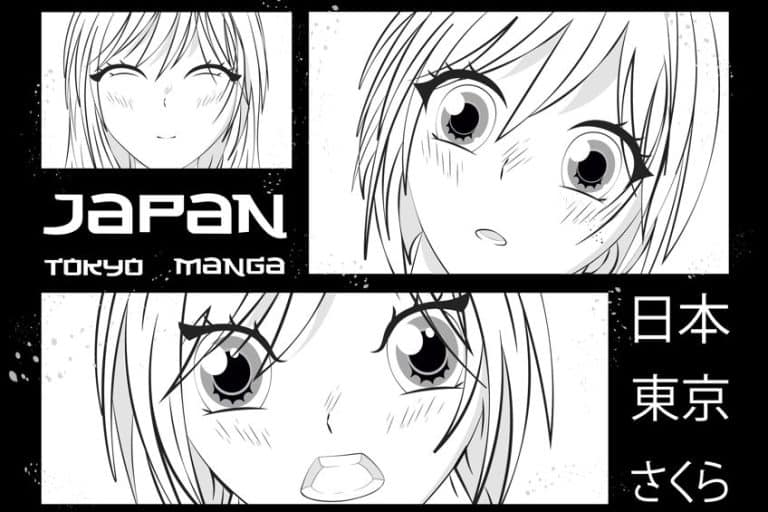Foreground in Art – Learn an Important Aspect of Composition
What is foreground in art? The foreground of a painting, though often taken for granted, is a fundamental element that plays a pivotal role in shaping the overall composition and visual narrative of a work of art. While it may seem like a simple concept, the foreground holds the power to draw viewers into a painting, set the stage for the narrative, and create a sense of depth and dimensionality. In this article, we will delve into the significance of the foreground in art, exploring its various functions, techniques employed by artists to manipulate it, and its crucial role in the world of visual storytelling. Through a deeper understanding of the foreground, we can unlock the secrets behind some of the most captivating and immersive artworks in history.
What Is Foreground in Art?
Art, in all its diverse forms and mediums, has the remarkable ability to convey emotions, stories, and messages through visual means. Every element within a piece of art contributes to its overall impact, and one of the most fundamental elements is the foreground. In this section of the article, we will delve into the intricacies of the foreground in art, exploring its definition, functions, and its crucial role in the world of visual storytelling. Whether you’re an aspiring artist seeking to enhance your understanding or simply an art enthusiast looking to deepen your appreciation, understanding the foreground is key to unlocking the secrets behind some of the most captivating and immersive artworks in history. In order to understand the use of foreground in art, we take a closer look at the theory of foreground as well as define background and middle ground in art.
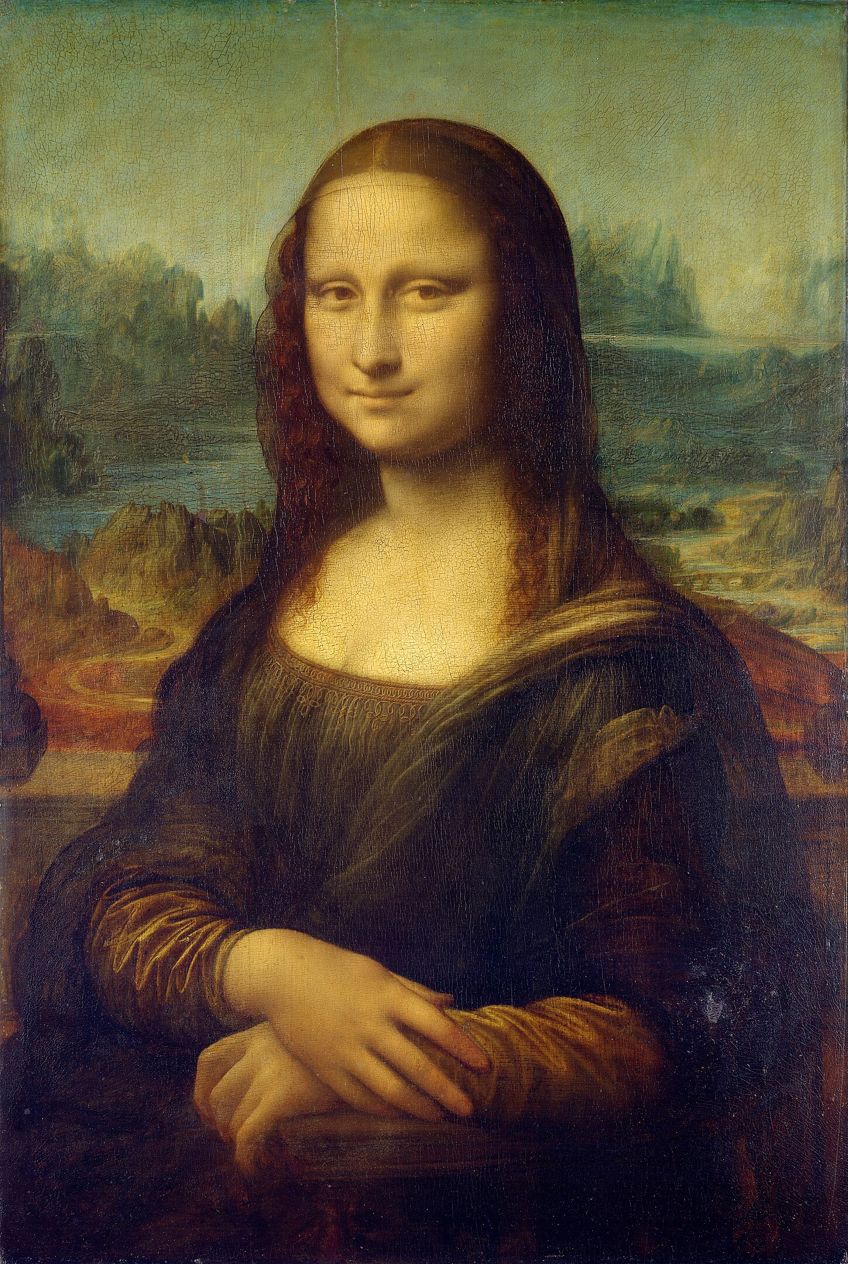
The Theory and Functions: Foreground in Painting
The theory of foreground in painting is a fundamental aspect of visual composition that plays a pivotal role in conveying depth, perspective, and narrative within a two-dimensional artwork. It encompasses various principles and techniques that artists use to create a sense of space, direct the viewer’s gaze, and establish context within the painting. Understanding the theory of foreground is essential for both artists and art enthusiasts, as it provides insights into how artists manipulate the visual elements of a composition to engage and fascinate their audience.
The theory of foreground in painting has evolved over time, reflecting changes in artistic styles, techniques, and cultural influences.
Different art movements, from the meticulous detail of the Renaissance to the impressionistic focus on light and atmosphere, have each offered unique interpretations of foreground theory. In contemporary art, the boundaries of foreground theory continue to be challenged, with artists exploring unconventional ways to engage viewers and question traditional perspectives. Later in this article, we will look more closely at the various applications of the theory of foreground throughout art history.
Creating Depth and Perspective
One of the primary functions of the foreground is to establish a sense of depth within a two-dimensional artwork. This fundamental technique hinges on the artist’s ability to manipulate perspective and convey the illusion of three-dimensionality on a flat surface. By placing objects or elements in the foreground, artists craft a visual hierarchy that suggests these elements are closest to the viewer, while those in the background recede into the distance. This interplay between the foreground, middle ground, and background imbues the artwork with a tangible sense of space and dimension, allowing the viewer to immerse themselves in a captivating visual journey.

Guiding the Viewer’s Gaze
The foreground acts as an indispensable visual anchor, skillfully drawing the viewer’s attention and initiating their exploration of the composition. Like the opening sentence of a compelling story, the foreground sets the tone and invites viewers to delve deeper into the narrative woven by the artist. It serves as a starting point for the viewer’s gaze, leading their eyes on a carefully choreographed journey through the artwork.
Whether guiding them toward a central focal point, a hidden detail, or a particular emotional nuance, the foreground’s role as a visual catalyst cannot be overstated.
Setting the Scene and Establishing Context
In narrative artworks, such as historical paintings or storytelling illustrations, the foreground takes on the vital task of laying the foundation for the narrative. It functions as a visual prologue, introducing characters, objects, or symbols that are integral to the story’s unfolding. The elements within the foreground offer essential context and clues, enriching the viewer’s understanding of the artwork’s subject matter. It is here, in the foreground, that the stage is set, and the world of the artwork begins to unfurl, allowing viewers to connect with the narrative on a deeper level.

Emphasizing Contrast and Composition
The foreground is not merely a passive backdrop; it can be wielded as a strategic tool to create contrast and enhance the overall composition. Artists employ a range of techniques, such as the manipulation of color, texture, or scale, to make foreground elements stand out boldly. This emphasis serves to direct the viewer’s gaze and underscore the significance of particular elements within the artwork.
Through thoughtful use of the foreground, artists craft compositions that are visually striking and emotionally resonant, leaving a lasting imprint on the observer’s mind.
In examining these functions of the foreground, it becomes evident that this seemingly unassuming element can shape the viewer’s experience, convey narratives, and transform a canvas into a vibrant, multidimensional world waiting to be explored. Its versatility and influence make it an indispensable tool in the artist’s toolkit, one that continues to captivate and inspire both creators and admirers of art throughout the ages.
Defining the Background of a Painting
The background is the part of an artwork that appears farthest from the viewer’s perspective, usually situated at the top or upper portion of a two-dimensional composition, such as a painting, photograph, or illustration. It often serves as a setting or backdrop for the main subject or subjects of the artwork. The background typically contains elements that are meant to appear distant or less prominent in the composition. Artists may use various techniques such as atmospheric perspective (softening colors and details as objects recede into the background) to create the illusion of depth and distance in the background. In narrative artworks, the background can provide context for the main scene or action taking place in the foreground and middle ground.

Defining the Middle Ground of a Painting
The middle ground is the area in a composition that lies between the foreground and the background. It is where objects and elements have a medium degree of prominence and are often placed to create a sense of spatial depth. While not as visually dominant as elements in the foreground, those in the middle ground are still essential for the overall composition and contribute to the sense of space and perspective. Artists use the middle ground to balance the composition, transition between the foreground and background, and provide context for the viewer.
Objects or figures in the middle ground may have a level of detail and clarity that is intermediate between the foreground and background, helping to maintain a sense of realism and depth in the artwork.
Defining the Foreground of a Painting
The term “foreground” in art refers to the part of an artwork that appears closest to the viewer’s perspective, typically situated at the bottom of a two-dimensional composition, such as a painting, photograph, or illustration. It serves as the immediate point of entry for the viewer’s gaze, creating a sense of depth and dimension within the artwork. The foreground can encompass various elements, including objects, figures, or details that are intentionally placed there by the artist to guide the viewer’s focus.

The Evolution of the Foreground in Art
The concept of the foreground in art has traversed a fascinating journey throughout the annals of artistic history, mirroring the dynamic shifts in creative expression, techniques, and the ever-evolving currents of cultural influence.
Understanding the evolution of the foreground offers a compelling glimpse into the ever-adapting world of visual arts.
Classical and Renaissance Mastery of Foreground
The Classical and Renaissance eras are renowned for their unwavering commitment to artistic precision and meticulous craftsmanship, with the foreground of artworks serving as an exemplary showcase of these principles. During this period, the foreground was more than just a compositional element; it was a testament to the artists’ dedication to realism, their reverence for nature, and their ability to transport viewers to a world of unparalleled beauty.
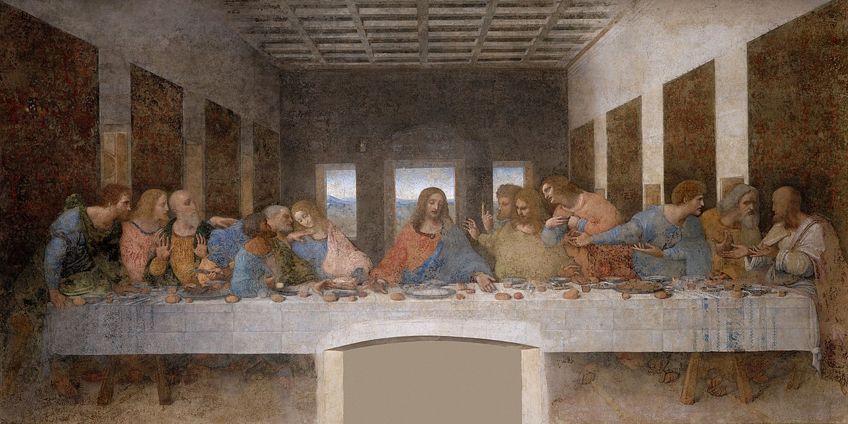
Meticulous Attention to Detail
Foremost among the defining characteristics of the foreground in classical and Renaissance art was the unyielding devotion to detail. Artists of this period left no stone unturned in their quest for perfection, ensuring that every object, figure, or architectural element in the foreground was rendered with astonishing precision. Every leaf, petal, or decorative motif bore the mark of the artist’s painstaking craftsmanship.
The intricate details served not only to captivate the viewer but also to elevate the artwork to a level of undeniable mastery.
Adorned With Botanical Motifs and Lush Flora
The foregrounds of classical and Renaissance artworks often boasted an abundance of botanical motifs and lush flora. These elements were carefully selected and integrated into the composition to enhance the sense of opulence and natural beauty. Ornate gardens, blossoming flowers, and meticulously rendered foliage created a visual tapestry that mirrored the richness of the natural world. The foreground was transformed into a vibrant, living tableau, where the beauty of the Earth was captured in exquisite detail.
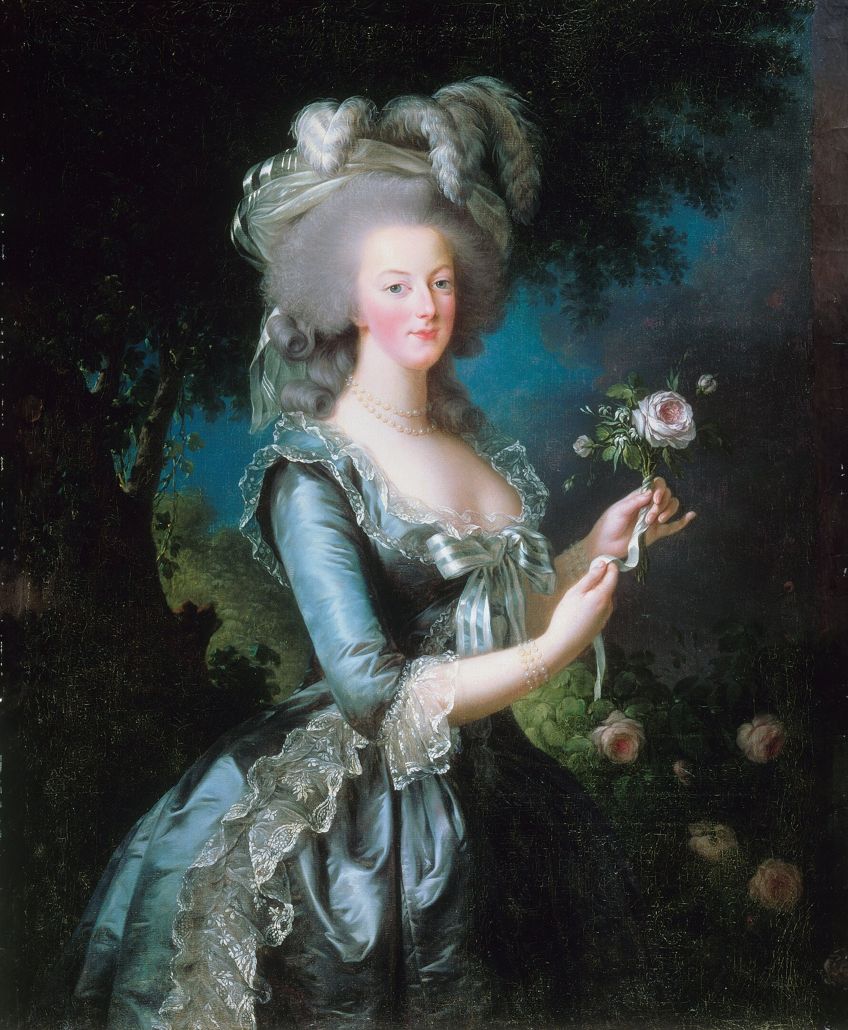
Creating Opulence and Realism
One of the primary aims of these meticulously detailed foregrounds was to create a palpable sense of opulence and realism within the artwork. Whether depicting a religious scene, a historical event, or a mythological tale, artists sought to transport viewers to a world that felt tangible and immersive.
The foreground, with its opulent flora and architectural intricacies, served as a vehicle for this journey, inviting viewers to step into the realm of the depicted subject matter.
An Invitation to a Sumptuous and Idyllic World
In essence, the foreground in classical and Renaissance art functioned as a visual invitation for viewers to immerse themselves in a sumptuous and idyllic world. It was a window into an idealized realm where nature, architecture, and human achievement converged in harmonious splendor. Viewers were beckoned to explore every nook and cranny of the foreground, discovering hidden gems of artistic virtuosity and experiencing the joy of a meticulously crafted world.
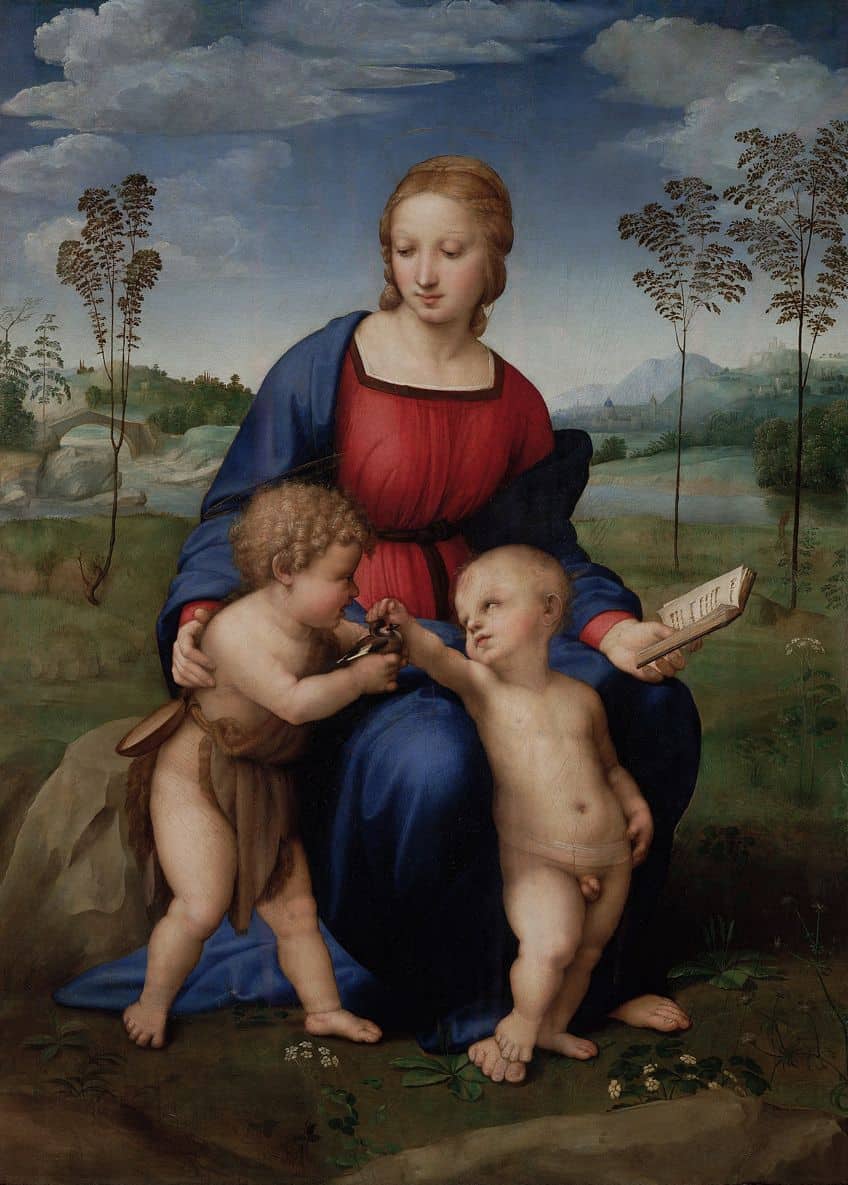
Impressionism and Foreground: The Shifting Landscape
The emergence of Impressionism in the late 19th century marked a seismic shift in the world of art, challenging the traditional conventions of foreground representation that had prevailed during the preceding eras. Impressionist artists, including luminaries like Claude Monet (1840-1926) and Pierre-Auguste Renoir (1841-1919), orchestrated a transformation in the treatment of the foreground.
Through this, they redirect the focus from meticulous detail to the evocative power of light, atmosphere, and the ephemeral beauty of the natural world.
Embracing Liberation and Abstraction
Impressionist artists departed from the highly detailed and tightly rendered foregrounds that were characteristic of classical and Renaissance art. Instead, they embraced a newfound sense of liberation and abstraction. The Impressionists’ approach to the foreground was a radical departure from tradition. It was no longer bound by the constraints of precise representation; rather, it became a space where artists could experiment with form, color, and the interplay of light and shadow.

Fleeting Effects of Light and Atmosphere
The hallmark of Impressionism lay in its dedication to capturing the fleeting effects of light and atmosphere. For Impressionist painters, the foreground became a canvas where they could explore the ever-changing qualities of natural light. Instead of meticulously depicting every detail, they used loose, quick brushwork to suggest the play of sunlight, the shimmering reflection of water, or the soft diffusion of mist.
The foreground ceased to be a static element; it became a stage where the passage of time and the shifting quality of light were keenly observed and recorded.
The Suggestion of Form and Motion
In the Impressionist treatment of the foreground, the suggestion of form and motion took precedence over precision. Objects and figures in the foreground were rendered with broad, gestural strokes that conveyed a sense of movement and immediacy. The artists aimed not to replicate reality with painstaking accuracy but to evoke the essence of a scene, allowing viewers to engage with the artwork on a more emotional and sensory level.
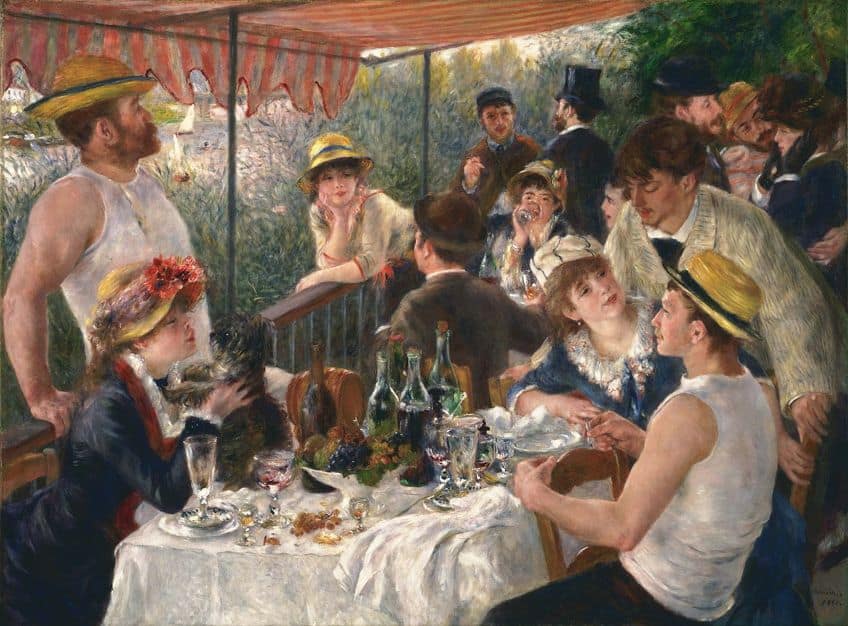
A Dynamic Space of Light and Color
Ultimately, the foreground in Impressionism was transformed into a dynamic space where light and color danced harmoniously. It was a space where the boundaries between objects and their surroundings blurred, and where the transient qualities of nature were celebrated.
The Impressionists invited viewers to step into a world where the foreground was not a stagnant tableau but a living, breathing entity that resonated with the vibrancy and vitality of the natural world.
Post-Impressionism and Beyond
In the wake of Impressionism, the art world witnessed the emergence of Post-Impressionism and subsequent movements, each contributing to the ongoing evolution of the foreground. After Impressionism the foreground was no longer a static entity but a realm where light and color danced harmoniously, inviting viewers to experience the ephemeral qualities of the world.

Fauvism (1905 – 1908)
The Fauvist movement, which emerged in the early 20th century and was spearheaded by notable artists like Henri Matisse (1869-1954), represented a radical departure from conventional artistic norms. One of the hallmark features of Fauvism was its unabashed embrace of bold and non-representational color choices, a departure that profoundly affected the portrayal of the foreground in art.
In Fauvist works, the foreground became a captivating canvas for the unbridled use of color.
Artists such as Matisse, André Derain (1880-1954), and Raoul Dufy (1877-1953) liberated color from its representational constraints, allowing it to transcend its role as a mere descriptive tool. Instead, color became an expressive and emotional force, serving as a conduit for conveying feelings, sensations, and movement.

Cubism (1907 – 1914)
Cubism, pioneered by Pablo Picasso (1881-1973) and Georges Braque (1882-1963) in the early 20th century, represents one of the most revolutionary and transformative movements in the history of art. At its core, Cubism shattered traditional notions of perspective and representation, leading to a profound reimagining of the role of the foreground in painting.
In Cubist artworks, the foreground is not a passive space but rather a dynamic arena for deconstruction and reconstruction.
Artists fragmented the foreground into a series of geometric shapes and overlapping planes, challenging viewers to engage in a mental process of reconstruction. The familiar conventions of linear perspective, where objects diminish in size and recede into the background, were discarded in favor of multiple perspectives coexisting within the same composition. Foregrounds in Cubist paintings became a kaleidoscope of fractured forms, with objects and elements presented from various angles and viewpoints simultaneously. This approach aimed to capture the essence of an object or scene by showing it from different sides and moments in time, thereby offering a more comprehensive and dynamic representation.

Abstraction (1943 – Mid-1950s)
Abstract artists like Wassily Kandinsky (1866-1944) and Kazimir Malevich (1879-1935) continued to push the boundaries of the foreground by eliminating representational elements altogether. The foreground became a realm of pure abstraction, where color, shape, and line took center stage.
Thus inviting viewers to engage with art on a wholly non-representational level.
Contemporary Challenges to Foreground Conventions
In the ever-evolving landscape of contemporary art, the notion of the foreground has undergone a radical and transformative journey, challenging established conventions and provoking viewers to reevaluate their perceptions of perspective and space. Artists of today are pushing the boundaries of what the foreground can represent, daring to blur, abstract, or even discard it entirely, fostering an environment of artistic exploration that defies traditional norms.

A Shift Towards Abstraction and Ambiguity
Contemporary artists have embraced a departure from the clear-cut delineation between foreground and background. Instead of providing viewers with easily recognizable objects or subjects in the foreground, some artists deliberately choose to blur, distort, or abstract this area. The intent is to disrupt the viewer’s conventional expectations and challenge their preconceived notions of spatial relationships.
These foregrounds, rendered in a state of ambiguity, compel viewers to engage more deeply with the artwork, prompting them to decipher and interpret the composition on a personal level.
Resistance to Easy Interpretation
Artworks featuring abstracted or blurred foregrounds often resist easy interpretation. These compositions invite viewers to explore the artwork’s layers of meaning and emotion, encouraging a more active and participatory engagement. By challenging the traditional role of the foreground as a visual anchor, contemporary artists invite viewers to be co-creators in the process, allowing their imaginations to fill in the gaps and contribute to the overall narrative.

Embracing Interactivity and Technology
The advent of digital art and multimedia installations has ushered in a new era of possibilities for foreground manipulation. Contemporary artists can now incorporate interactive elements, video projections, and augmented reality into their works. This technological integration allows the foreground to transcend its role as a static visual element and evolve into an immersive and participatory experience. Viewers can interact with the foreground, altering their perception and experience of the artwork in real-time.
The boundaries between the physical and digital realms blur, expanding the possibilities for artistic expression and engagement.
Challenging Preconceptions and Inviting Exploration
In summary, contemporary challenges to foreground conventions reflect the dynamic and forward-thinking nature of the art world. By deliberately blurring or abstracting the foreground, artists provoke viewers to question their preconceived ideas about art and challenge the boundaries of traditional perspective. This movement towards abstraction and interactivity invites viewers to actively engage with the artwork, fostering a deeper connection and a more immersive experience. In the hands of contemporary artists, the foreground becomes a canvas for innovation, enabling new forms of artistic expression and redefining the relationship between the artwork and its audience. It is a testament to the enduring capacity of art to evolve, provoke thought, and spark dialogue in an ever-changing world.

In the realm of visual art, the concept of the foreground has proven to be not merely a static element within a composition, but a dynamic force that wields the power to captivate, guide, and transcend. Its evolution, marked by innovation and reinterpretation, underscores the resilience and adaptability of the artistic medium.
Frequently Asked Questions
What Is Foreground in Art?
In art, the foreground refers to the foremost area of a composition, typically situated at the bottom or nearest to the viewer’s perspective. It serves as the immediate point of entry into the artwork, creating a sense of depth and dimension by suggesting that the elements placed in the foreground are closer to the viewer, while those in the background appear more distant. The foreground is a crucial compositional element that guides the viewer’s gaze, sets the stage for the narrative, and can be strategically manipulated to emphasize certain elements within the artwork.
How Has Creating the Foreground of a Painting Evolved Over Time?
The creation of the foreground in painting has evolved significantly over time, reflecting shifts in artistic styles, techniques, and cultural influences. In classical and Renaissance art, foregrounds were meticulously detailed, adorned with intricate patterns and lush flora, aiming to achieve realism and opulence. During the Impressionist movement, artists moved away from precise foregrounds, instead focusing on capturing the fleeting effects of light and atmosphere, resulting in more impressionistic and abstract foregrounds. In contemporary art, the foreground has been reimagined, often blurred or abstracted, challenging traditional conventions and inviting viewers to engage in unconventional ways. The advent of digital art and multimedia installations has further expanded the possibilities for foreground manipulation, transforming it into an interactive and immersive experience. This evolution demonstrates the adaptability of the foreground as a creative tool in the hands of artists throughout history.
Nicolene Burger is a South African multi-media artist, working primarily in oil paint and performance art. She received her BA (Visual Arts) from Stellenbosch University in 2017. In 2018, Burger showed in Masan, South Korea as part of the Rhizome Artist Residency. She was selected to take part in the 2019 ICA Live Art Workshop, receiving training from art experts all around the world. In 2019 Burger opened her first solo exhibition of paintings titled, Painted Mantras, at GUS Gallery and facilitated a group collaboration project titled, Take Flight, selected to be part of Infecting the City Live Art Festival. At the moment, Nicolene is completing a practice-based master’s degree in Theatre and Performance at the University of Cape Town.
In 2020, Nicolene created a series of ZOOM performances with Lumkile Mzayiya called, Evoked?. These performances led her to create exclusive performances from her home in 2021 to accommodate the mid-pandemic audience. She also started focusing more on the sustainability of creative practices in the last 3 years and now offers creative coaching sessions to artists of all kinds. By sharing what she has learned from a 10-year practice, Burger hopes to relay more directly the sense of vulnerability with which she makes art and the core belief to her practice: Art is an immensely important and powerful bridge of communication that can offer understanding, healing and connection.
Nicolene writes our blog posts on art history with an emphasis on renowned artists and contemporary art. She also writes in the field of art industry. Her extensive artistic background and her studies in Fine and Studio Arts contribute to her expertise in the field.
Learn more about Nicolene Burger and the Art in Context Team.
Cite this Article
Nicolene, Burger, “Foreground in Art – Learn an Important Aspect of Composition.” Art in Context. November 8, 2023. URL: https://artincontext.org/foreground-in-art/
Burger, N. (2023, 8 November). Foreground in Art – Learn an Important Aspect of Composition. Art in Context. https://artincontext.org/foreground-in-art/
Burger, Nicolene. “Foreground in Art – Learn an Important Aspect of Composition.” Art in Context, November 8, 2023. https://artincontext.org/foreground-in-art/.




